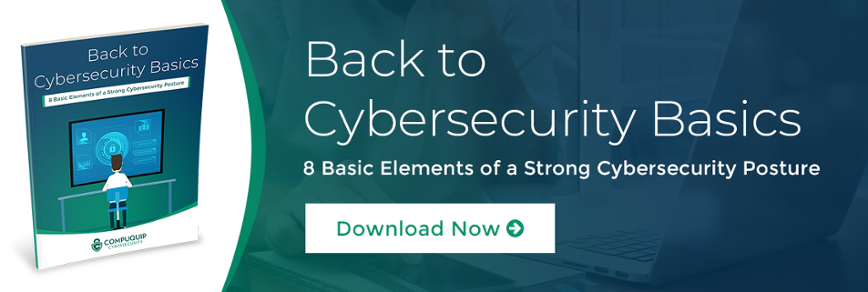Do SETA Programs Really Protect Your Company?
Security education training and awareness (SETA) programs are one of the cornerstones of many companies’ cybersecurity architectures. After all, a business’ own employees are simultaneously their front line of defense and one of their biggest security vulnerabilities. When employees have a lack of cybersecurity awareness, they may fall victim to cyber threats.
However, there is a question of whether SETA programs really protect companies from risks, or if they’re just a waste of time and resources that make leadership and investors feel better. Can a security training program help your business?
How to Define SETA Programs for Businesses
What exactly is a SETA program? Before tackling the question of whether creating a training program for cybersecurity is worth it, it’s important to know what such a program would entail.
At their most basic, security education training and awareness programs are a tool used by businesses to increase cybersecurity awareness amongst their employees. A SETA program can take many forms depending on the goals of the organization and the specific tools used to deliver program content.
For example, a SETA program aimed at countering phishing attacks would probably have different content than one designed to reinforce basic password and data hygiene, even though there will probably be at least some overlap between the two.
Are SETA Programs Effective at Preventing Cybersecurity Breaches?
Here’s the million-dollar question: “Does a security training program really help prevent network breaches?” The answer is: “It depends on the program.” It’s hard to provide a clear-cut answer when so many SETA programs are different. Additionally, how does one measure the security incidents that never happened because of cybersecurity awareness training?
As noted by CSO Online in an article about the effectiveness of SETA programs, “Unfortunately, there's very little data available so far, but from the experiences of individual companies, training can make a difference, if it is done right.” In other words, SETA programs can be effective, but there are obstacles that may limit program effectiveness.
Additionally, a SETA program alone, no matter how good, will be sufficient if your organization doesn’t have the tools to enforce it and close security gaps that attackers might abuse.
Creating a Training Program to Prevent Security Breaches
To ensure that your own security education training and awareness program is as effective as possible, it’s important to follow a clear strategy for building the program:
- Evaluate Your Organization’s Current Cybersecurity Awareness. The first step in creating an effective SETA program is evaluating what your organization’s overall level of security awareness is. Without this information, your training program may either be too basic to keep your employees engaged or too complicated for them to follow. Assessing your current level of cybersecurity awareness is a must for creating a well-tailored program that best meets your needs.
- Define Your SETA Program Goals. Once you know what the level of awareness in your organization is, it’s time to define some specific, measurable, achievable, relevant, and time-oriented (SMART) goals for the security training program. By setting realistic and concrete goals, you can help your employees master the level of cybersecurity knowledge they need to prevent security leaks.
- Create Program Topics Based on Major Issues. If, during the assessment, you found that your organization’s cybersecurity awareness on any one topic was especially lacking, you might want to create SETA program topics based on that weakness. This lets you close your biggest cybersecurity knowledge gaps to provide the fastest return on investment for your SETA program.
- Find a Proper Distribution Method for Your Organization. How will you deliver SETA program training materials to your employees? It’s important to consider your delivery method and match it to your organization’s structure. For example, if yours is a small or midsize business with just one central office where everyone works from, a cybersecurity seminar may work just fine. However, companies with remote workers or multiple offices may be better served if they were to use an online employee training platform to ensure all their people can access the training resources they need.
Need help establishing a comprehensive cybersecurity awareness and training program? Reach out to Compuquip Cybersecurity today to learn more about how you can protect your business!

